
 |
Uncle Nelson's hospitality began with his provision of lodging for us on the lovely campus of the Colegio Santa Maria, a large Marianist prep school in the San Borja district of Lima, where he once was principal.
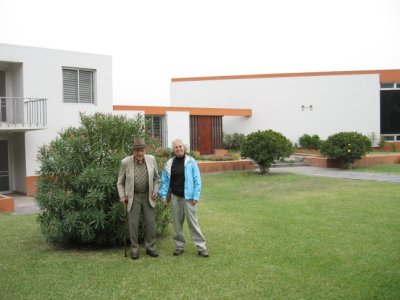
We had our first lesson in Peruvian history at this museum of archeology, anthropology and history. It faced a square, where a very large scout parade was occurring. Here are some of the participants.
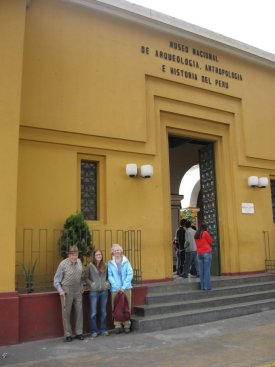 |
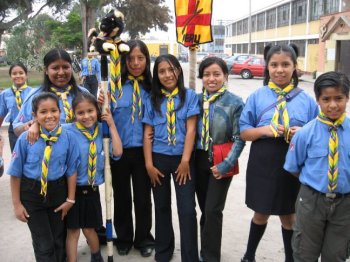 |
Another place Uncle Nelson showed us was the shopping mall of Larcomar, with not only interesting shops but a great location, right on the beach.
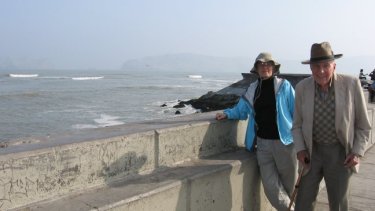 |
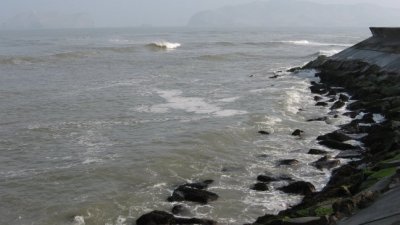 |
On another outing, we visited a Marianist computer institute (Instituto Chaminade) that trains young people to be computer techs. It was located in Callao, the port city of Lima, and after touring the Institute we took in some of the beachfront scenery.
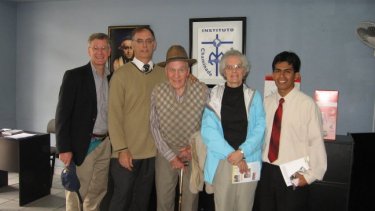 |
 |
On the way back to Lima from Callao, we stopped at another one of Uncle Nelson's former schools, Colegio San Antonio. There, in addition to meeting dignitaries and catching a bit of a soccer game ...
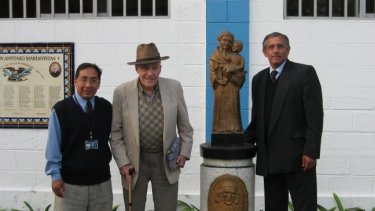 |
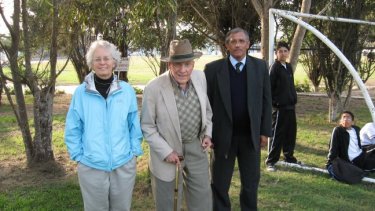 |
... we were treated to a tribute concert, in Uncle Nelson's honor, by the quite accomplished school band. When Uncle Nelson had been principal here, many years before, he was very interested in the band program and gave it a great deal of support. Mr Cruz, the band's director for more than 30 years, was a student leader of the group in the 1960's, and is shown below with Uncle Nelson.

Here are two pictures of the boys in action.
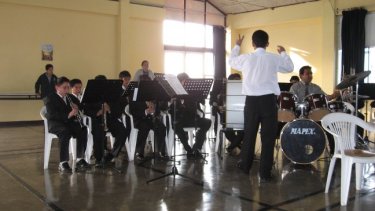 |
 |
And here is the whole group, band and audience, plus a picture of one of the talented boys with Uncle Nelson and the current principal of the school.
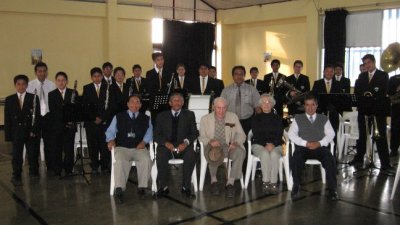 |
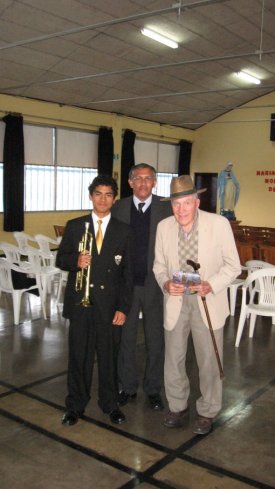 |
A highlight of the concert was the band's rendition of "The Eyes of Texas," which Uncle Nelson had once had the boys play for a visit of the President of Perú. He (the President) had attended UT Austin and was quite pleased to hear his alma mater. As were Kathy and Uncle Nelson, as you can see in the photo below:
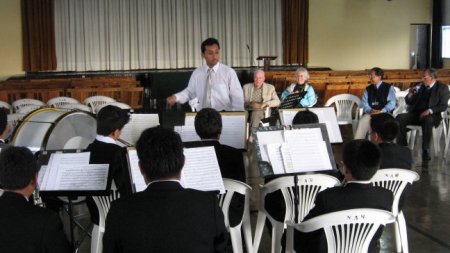
Part of our last day in Lima was spent strolling through a lovely park full of olive trees in San Isidro, the neighborhood where Uncle Nelson lives. Some of the trees were planted at the time of Pizarro, soon after the Spanish conquest of Perú in the 16th century.
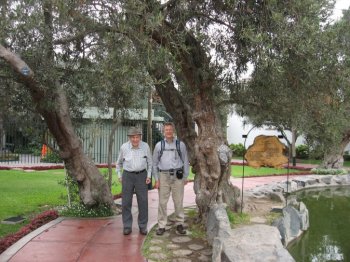 |
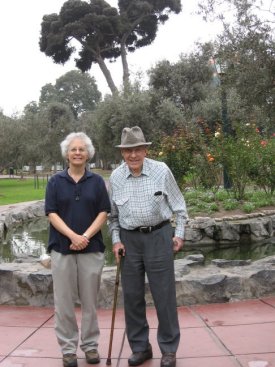 |
 |
Here is a closer picture of the sign you can see in the photo at the left above. It describes the "olive tree of happiness." Tradition has it that couples having difficulties with their relationship will find things mended by visiting this tree. Here are also some of the lovely flowers we saw in the park.
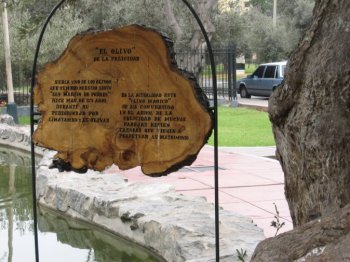 |
 |
 Back to main page Back to main page |
Back to Lima index page  |
All photos, unless otherwise credited, are © by Henry J. Amen III. Please do not use without permission.